June 4, 2025 | 22:39 GMT +7
June 4, 2025 | 22:39 GMT +7
Hotline: 0913.378.918
June 4, 2025 | 22:39 GMT +7
Hotline: 0913.378.918
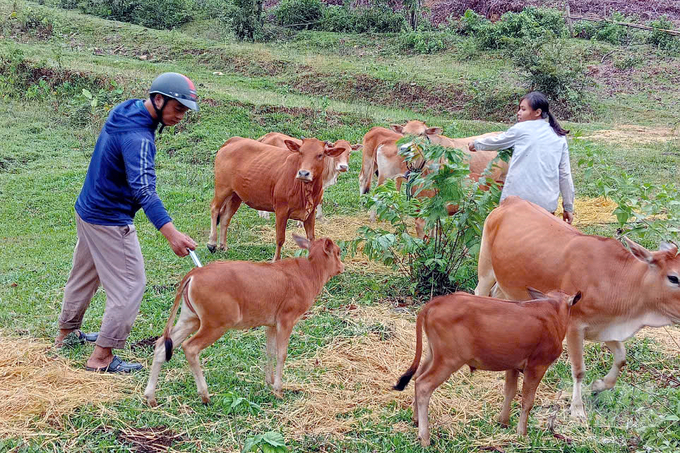
Veterinary staff in Quang Tri have to go into the forest to find buffalo and cows and vaccinate them against foot-and-mouth disease. Photo: Vo Dung.
According to Ho Van Thuan, an agricultural land officer of Dakrong commune (Dakrong district), the habit of letting buffaloes and cows roam freely in the forest has caused the local vaccination work to encounter many difficulties.
After acquiring foot-and-mouth disease vaccines from various sources, the local authorities issued notices for people to confine their cattle and then gather at a few vaccination points. However, most of the cages were in poor conditions, and most of the cattle were grazed in the forest, so when it was time for vaccination, only a few households were able to bring their cows and buffaloes to the gathering points.
To secure the vaccination progress, the vaccination teams even have to go into the forest. Most buffaloes and cows roam freely there without ropes, so it is not easy to approach. It is autumn now, and the mountainous region often has forest rains. The vaccination team's plan is often interrupted.
“Local farmers don’t even know how many buffaloes and cows they have because they are left to roam freely in the forest all year round. Only when the price is good do they bring the cattle back. It is very difficult to change people’s farming habits. Awareness of disease prevention is also something that concerns us heavily. Perhaps that is why the vaccination rate in some mountainous areas is often low and often slower than in the districts of the plain,” said Thuan.
Dakrong is one of the districts that completed the vaccination work the latest in Quang Tri. On August 28, the district's Livestock Production and Animal Health Station received 11,500 doses of foot-and-mouth disease vaccine and put up a schedule to complete the vaccination by September 10. However, it was not until early October that the plan was basically completed.
“There are many ways to explain the situation, but to sum up, it is the low awareness of farmers about disease prevention. District and commune veterinary staff even work on holidays and rainy days but are still unable to achieve the intended progress,” said Hoang Dinh Chien, Head of Dakrong District Livestock Production and Animal Health Station. A similar situation is also happening in Huong Hoa district as well as some remote communes of Vinh Linh and Gio Linh districts.
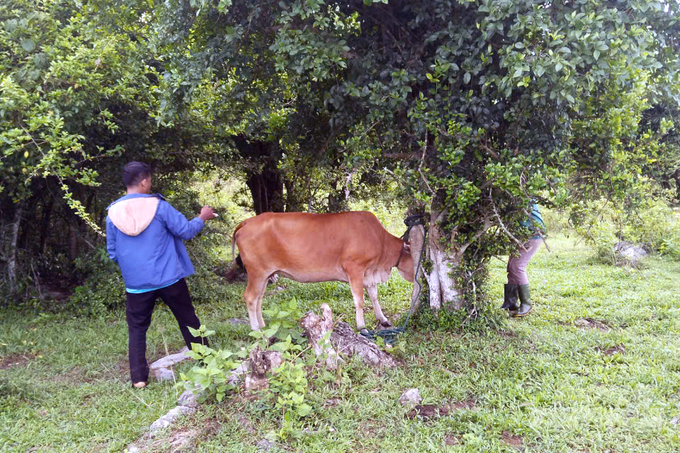
Veterinary staff and cattle owner herd buffaloes and cows against a tree to vaccinate. Photo: Vo Dung.
From June 29 to September 7, foot-and-mouth disease outbreaks occurred in 186 households in 26 villages in 10 communes and towns of Huong Hoa, Dakrong, Vinh Linh and Cam Lo districts. A total of 572 cattle were infected, including 210 buffaloes and 362 cows, and 27 of them had to be discarded. The most serious cases happened in Huong Hoa and Dakrong districts, with a total of 501 infected cattle and 25 of them discarded.
After receiving the vaccine from the Ministry of Agriculture and Rural Development, the veterinary force and local authorities in Quang Tri province thoroughly organized vaccination from the inside out, and drastically implemented measures to contain and suppress the epidemic.
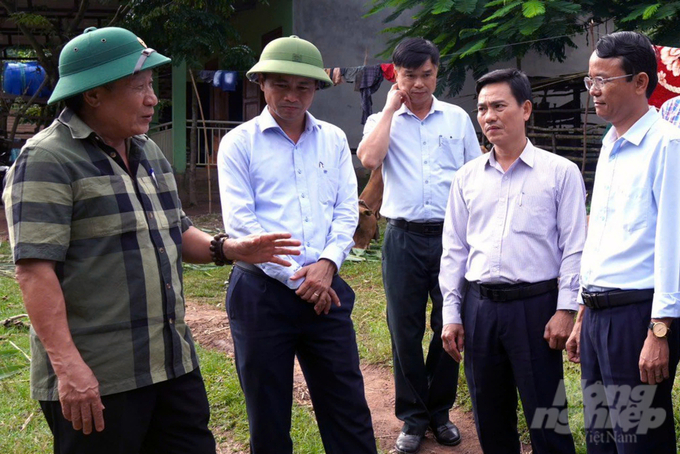
Ha Sy Dong, Permanent Vice Chairman of Quang Tri People's Committee, went to the outbreak areas to direct the prevention work for foot-and-mouth disease outbreaks. Photo: Vo Dung.
Foot and mouth disease outbreaks in Quang Tri were gradually controlled. However, when implementing vaccination against lumpy skin disease for buffalo and cows, the veterinary force continued to discover 10 buffalo and cows showing signs of foot and mouth disease and 14 cows showing signs of lumpy skin disease in Mo O and Huong Hiep communes (Dakrong district). These buffalo and cows were grazing in the forest so they had not been vaccinated.
After more than three months of actively implementing epidemic prevention measures, by October 17, 2024, Vinh Linh and Huong Hoa districts have declared the end of the epidemic. Dakrong district has been assessed and is soon to declare the end of the epidemic. Cam Lo district has not met the conditions to declare the end of the epidemic. All activities of trading and transporting cattle in Quang Tri province have basically returned to normal.
According to Nguyen Trung Hau, Head of the Quang Tri Sub-Department of Livestock Production and Animal Health, the rainy season is coming, with alternating sunshine and high humidity. These are favorable conditions for the disease to spread, especially in mountainous districts.
Quang Tri is actively vaccinating the remaining cattle and buffaloes against foot and mouth disease and lumpy skin disease. In the context of not being able to open bid packages for vaccine procurement, Quang Tri People's Committee has proposed the Ministry of Agriculture and Rural Development to support 27,000 doses of foot and mouth disease vaccine type O and A along with 3,500 l of Benkocid solution.
Translated by Samuel Pham

(VAN) At Thaifex Anuga Asia 2025, Asia’s leading food and beverage trade show, more than 170 Vietnamese enterprises are participating, with Vinamilk having been a consistent presence for nearly 20 years.
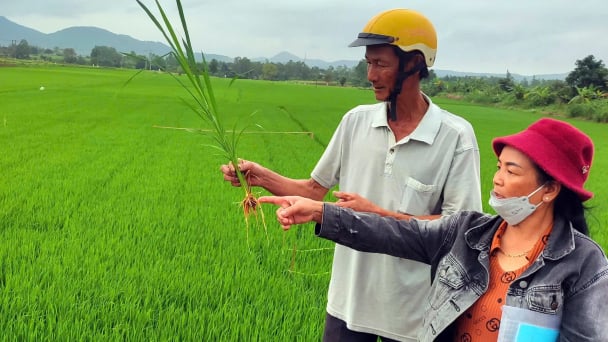
(VAN) On June 3, the Institute of Agricultural Environment organized a workshop titled 'Supporting greenhouse gas inventories in agriculture: Enhancing technical and governance insights for rice production in Vietnam'.
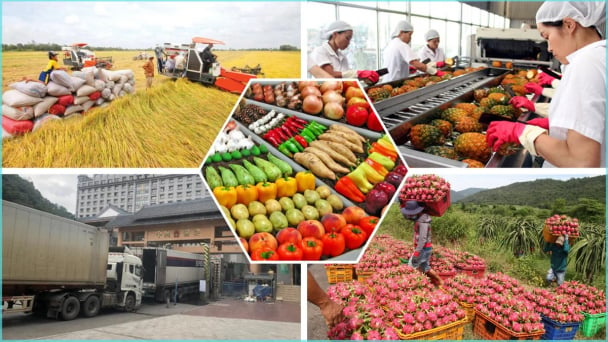
(VAN) In the first 5 months, the export turnover of agricultural, forestry, and fishery products rise significantly, thanks to a relatively stable domestic production and export market.

(VAN) Deposit Return System (DRS) created a natural cycle of responsibility, reinforced by social norms and practical necessity. Materials had value and returning them was second nature.

(VAN) According to the Norwegian Ambassador to Vietnam Hilde Solbakken, sorting waste at source and individual responsibility are key factors for sustainable waste management.

(VAN) On June 5, in Can Tho City, the Vietnam Rice Industry Association (VIETRISA) and Trung An Company will hold a ceremony to export the first shipment of 'Green and Low-Emission Vietnam Rice' to Japan.

(VAN) Minister Do Duc Duy believes this event will mark the start of a new chapter in deeper cooperation between Vietnam’s agricultural sector and the state of Iowa.